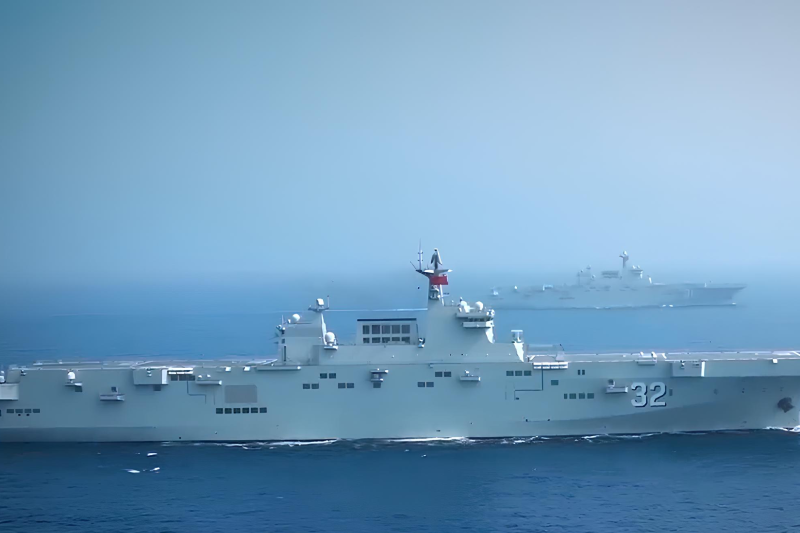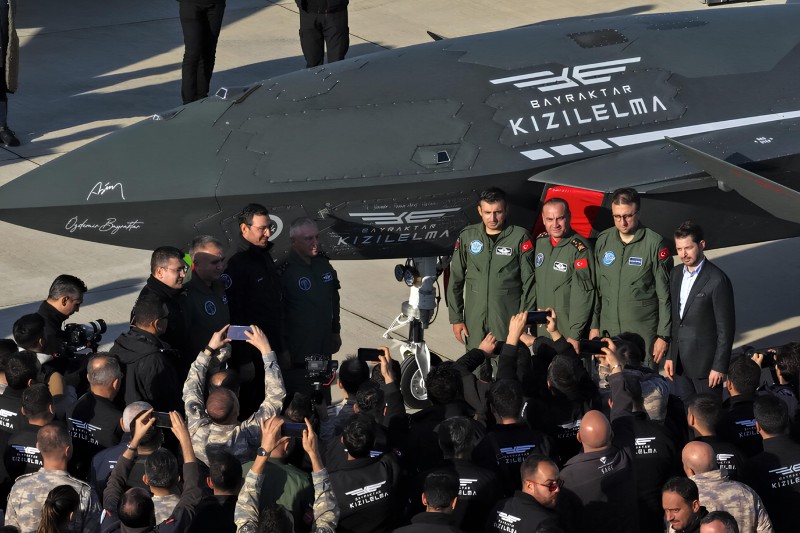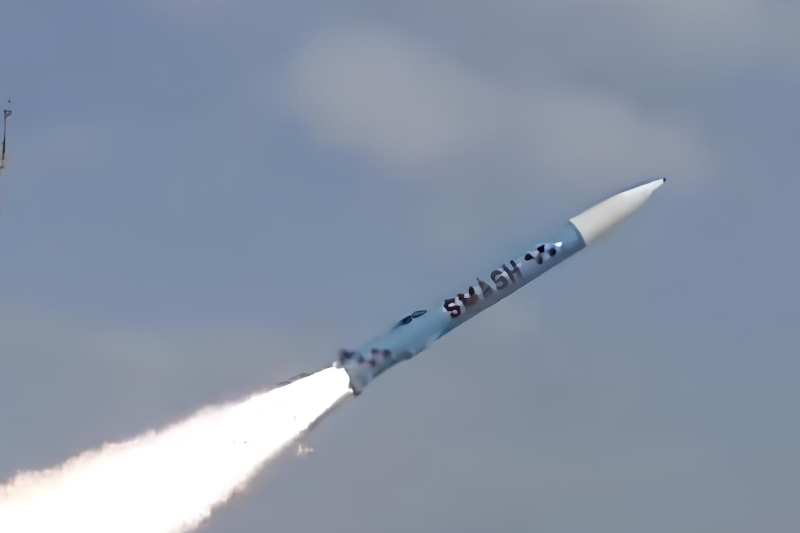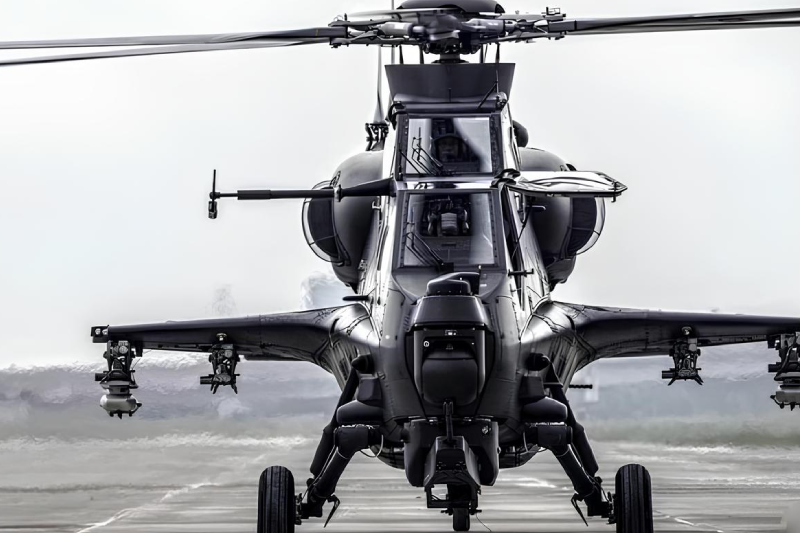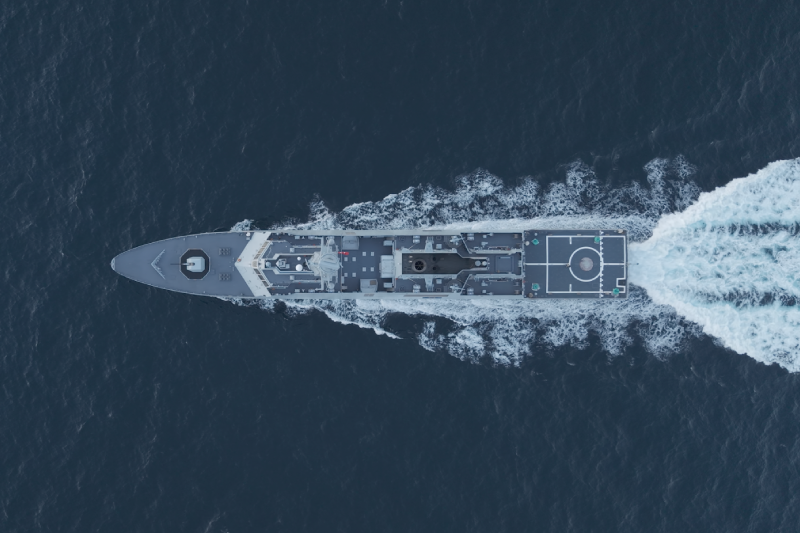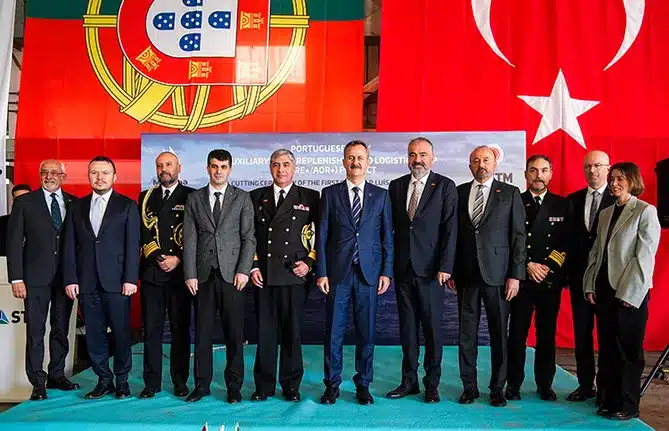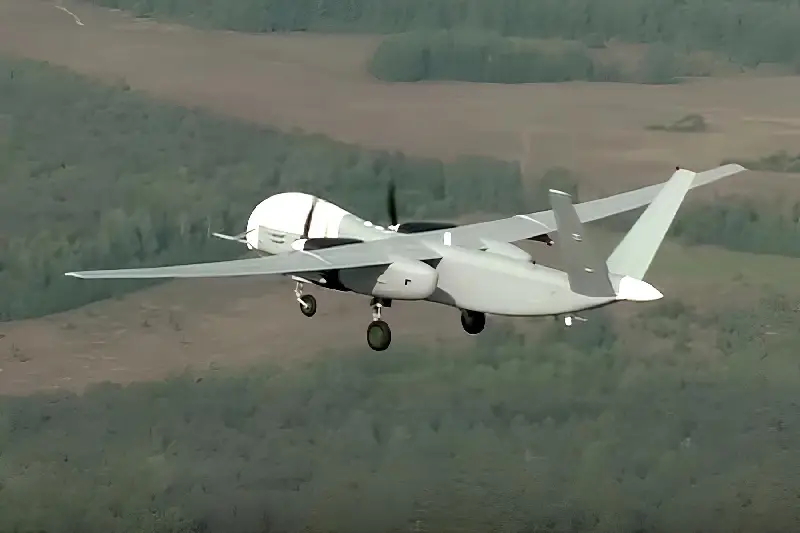Russian RQ-4 Equivalent Crashes During Test Flight
At the test flight in Kazan, one of the prototypes of the newest reconnaissance drone developed as an alternative to the American RQ-4 Global Hawk crashed into a residential building. The accident indicates that Russia still has problems with the development of unmanned aerial vehicles and casts concerns over the viability of the sophisticated drones in the country.
Failures and Incident Details and Failure to Navigate
The huge twin-engine unmanned air vehicle has been said to have developed a major error in the navigation system calculated by the erring aircraft during its testing flight, and therefore began its downward movement at a slow speed, which consequently resulted in a collision of the aircraft with private land. The camera on the drone recorded by local residents turned on, and it seems the drone was trying to land in the residential part, meaning the loss-of-control incident might have caused the drone to head toward an inappropriate landing site.
Their crash took place in Kazan, where the drone project has been carrying out test flights and upgrades in an airfield nearby. The event constitutes a serious blow to the attempts of Russia to develop long-endurance drones that would be comparable to those belonging to the West.
Altius-M Program History
The suspected plane is the Altius-M, or Altair, which is a long-endurance intelligence and attack drone of 5 tonnes. It is already a long-developed ambitious project since 2011, but it encountered several technical and financial failures that slowed its delivery goal to become operationally deployed.
Initially planned as a straightforward analog of an RQ-4 Global Hawk used by U. S. Air Force, the Altius project is an effort on the part of Russia to have similar strategic command and control functions in the form of reconnaissance. The long history of development is an indication of the cumbersome engineering issues involved in developing long-endurance, reliable unmanned systems.
Problems in Development and the Evolving Design
Altius project has seen numerous changes in its design limitations brought about by technology and continuous engineering problems. The first prototype was very unlike the subsequent ones, showing that the program could not run through stable design requirements and technical specifications.
These changes have been tested and modified at Kazan airfield, where the recent crash occurred. The numerous updates suggest that Russian engineers have been struggling to achieve levels of performance and reliability suitable for practical use.
Monetary and Management Problems
The Russian media also publicized major financial misdealing in the Altius program, such as the arrest of Alexander Gomzin, the general director of OKB Simonov, the drone development company. Authorities accused Gomzin of stealing money meant for the project, highlighting the corruption that has marred the program.
Some local reports show that the program once stopped because of financial and managerial issues, but officials later put it back on track. The same has probably led to the long project development process and technical hitches that the program was facing.
Technical Specification and Design
Officials have not confirmed the precise specifications of the Altius because the program’s mission is classified, and the design configuration is still undergoing many changes.
But according to open-source evidence, the drone has a standard aerodynamic design, having a wide-span wing and an interesting V-tail structure.
Comparing it to the Orion UAV, the design has some similarities but provides twin underwing engines, which set it apart from other Russian drone platforms. This is a twin-engine design that will be able to supply the power and redundancy needed on long-endurance reconnaissance missions.
High Technology and Building
Observers say the airframe uses an almost completely composite structure, with only the engines containing metallic parts. Designers chose this approach to carry heavy electronic systems while maintaining good weight and performance parameters.
The composite construction method indicates contemporary manufacturing processes in the aerospace industry and shows that Russian designers are also trying to include high-tech materials into their work on drone production. Nonetheless, the recent crash can reveal difficult realizations of the reliable integration of the materials.
Mission Specific Payload Capabilities
Altius design will be able to accommodate a large variety of mission-specific payloads, such as upgraded optical systems and side-looking radar systems. Such an ability would give the drone the capability to carry out elaborate intelligence, surveillance, and surveillance operations similar to Western systems.
High payload capacity is a major engineering issue, with demands of very careful balancing of performance, endurance, and effective mission capability. The fact that the drone is capable of bearing heavy electronic systems means that Russia has intentions to establish a complete surveillance capability.
Comparison of Programs to Western Systems
Altius program is one of the efforts of Russia to create systems that can compete with the U.S. Air Force RQ-4 Global Hawk, the long-range, long-endurance platform that has already demonstrated its capacity. It is noted that the comparison reflects that Russia has assessed the necessity of using high-altitude and long-endurance drones in modern warfare.
Nevertheless, the failures and technical difficulties that the Altius program experiences periodically indicate that it is not yet easy to even up with the long-established Western systems. The latest accident highlights the difference in Russian ambitions and the state of technical mastery at present.
Also Read This: Lockheed Martin Delivers Advanced AN/SPY-7(V)1 Radars to Japan
Formal Reply and Openness
Russian defense authorities have not made any official statement concerning the crash or the possible damage caused by the crash. The absence of such official communication is typical of the Russian tradition of dealing with setbacks and technical failures in military programs.
It is hard to determine the entire effect of the crash on the program’s future development path and budget due to the lack of official recognition. The accident can lead to further safety checks and a change of design.
The Altius crash highlights the tremendous problems that Russia has experienced in gaining robust, long long-persistent UAV capabilities relative to Western systems. These problems indicate the overall problems with the development of the technology of defense and production in Russia.
The failed launches indicate that Russia could be far behind Western countries in the arena of advanced drone technologies. Such a technological divide is quite significant to Russian military strength and strategic intelligence gathering.
Projections of the Program in the Future
Yet another strike of an already problematic program, the Altius, was the recent crash, which resulted in multiple delays of the program and technical malfunctions. The incident has the potential to attract further reviews of the design and safety checkups that may further hamper the progress of the program of final deployment.
Russia’s skill in resolving the technical and management problems that have crossed the development endeavour will determine the program’s future success. The crash shows how Russia still struggles to produce home-grown advanced drones to match those found in the West.
Keep connected with us at Facebook, Twitter, YouTube, Instagram & TikTok for the latest defense happening around the globe.
Discover more from International Defence Analysis
Subscribe to get the latest posts sent to your email.



